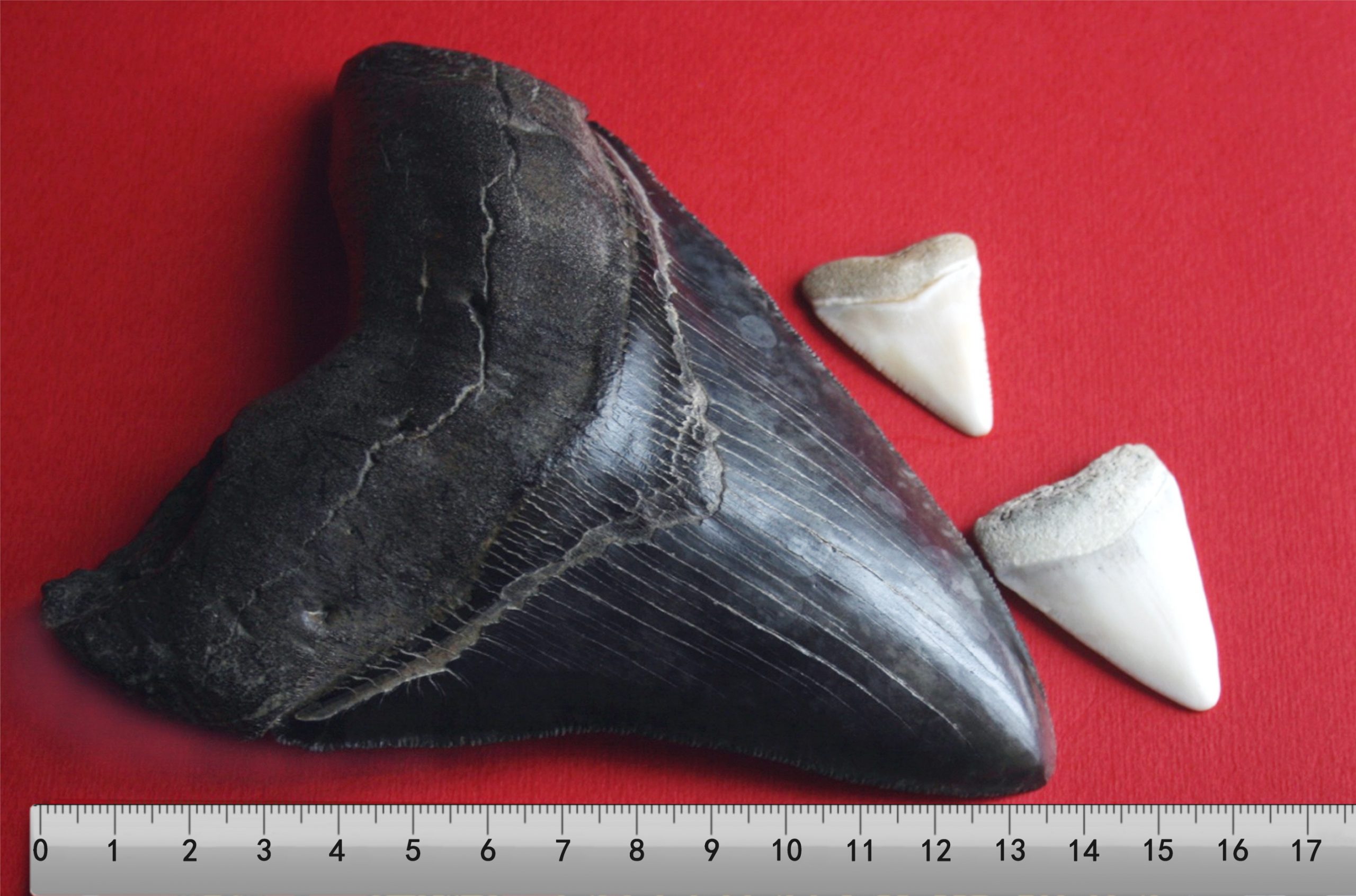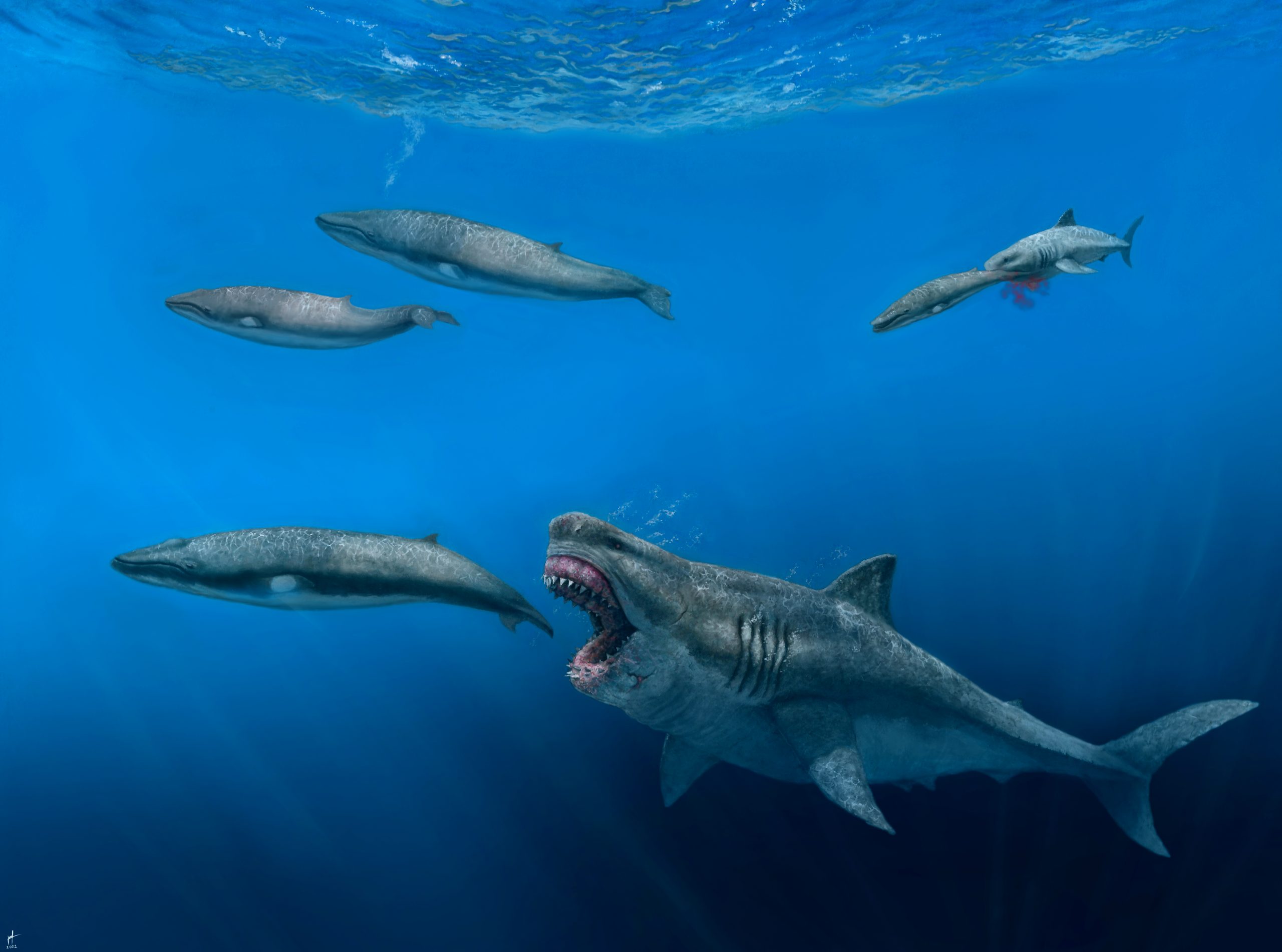Their reconstruction of the prehistoric beast came out to be 16 metres long and weighed an incredible 61 tonnes, while it was also estimated that they could swim 1.4 metres every second.
To thrive in the ancient waters of the world, the megalodon needed a diet consisting of 98,000 kilo calories which would be digested in their stomach that had a volume of 10,000 litres.
Incredibly, experts from several universities who collaborated on the research say given this information that it’s likely the gigantic shark could easily eat animals up to eight metres long, or the equivalent to a modern day killer whale.
It was found that eating one killer whale would give the meg enough energy to swim thousands of kilometres across the ocean and sustain them for two months.
These results were collected using 3D modelling of a very well preserved megalodon vertebrae that was found in the mid-1800s with experts believing it died around 18 million years ago at age 46.

“However, their skeletons are made of cartilage, so they rarely fossilize. The megalodon vertebral column from the Royal Belgian Institute of Natural Sciences is therefore a one-of-a-kind fossil.”
They took several scans of the vertebrae and used 3D technology to recreate the flesh around the skeleton which enabled them to determine size, speed, and other factors.
UZH Professor Catalina Pimiento said that the results suggested the meg was a “trans-oceanic super-apex predator” but it’s believed that the extinction of the megalodon allowed large animals such as whales to thrive .
“The extinction of this iconic giant shark likely impacted global nutrient transport and released large cetaceans from a strong predatory pressure.”






